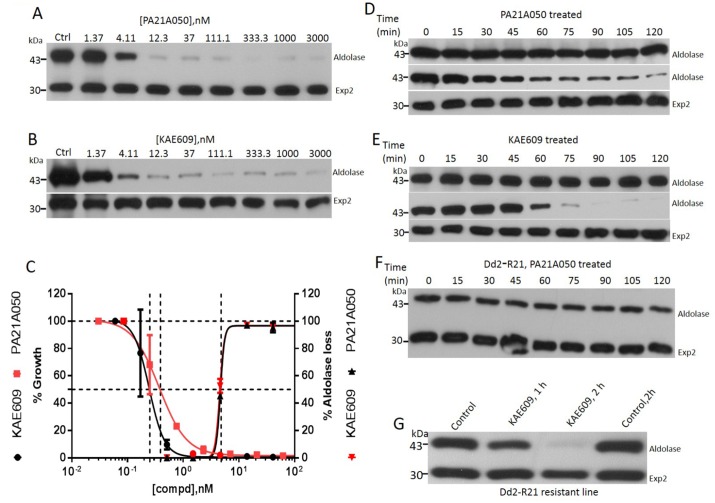Fig 2. Pyrazoleamide and spiroindolone antimalarials induce saponin sensitivity to the PPM.
Trophozoite stage P. falciparum 3D7 (30–34 h post-infection) were exposed to the vehicle (Ctrl) or the indicated doses of PA21A050 (A) or KAE609 (B) for 2 h, followed by mild saponin treatment to release the parasites and subjected to Western blot analysis using antibodies to aldolase or Exp2. (C) Densitometric measures (using Image J) of the band intensities from the Western blots were plotted as functions of compound concentrations to derive EC50 values for aldolase loss in a 2 h exposure. Growth inhibition by PA21A050 and KAE609 was assessed by 3H-hypoxanthine incorporation by P. falciparum in a 48 h assay. Saponin-freed parasites were exposed to 10 nM PA21A050 (D) or KAE609 (E) for the indicated time. Parasite proteins were subjected to SDS-PAGE without further treatment (upper panels in D and E) or after subjecting the parasites to a second saponin treatment (middle and lower panels in D and E). Western blots were probed with antibodies to aldolase or Exp2. Pyrazoleamide resistant line, Dd2-R21 parasitized erythrocytes were exposed to 10 nM PA21A050 (F) and 10 nM KAE609 (G) for the indicated time followed by saponin treatment and Western blotting and probing with antibodies to aldolase or Exp2. Error bars represent the standard deviation (SD) of the measurements. All western blot images are the representative of multiple biological replicates.

